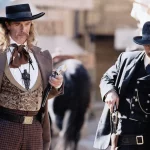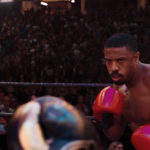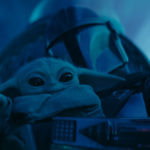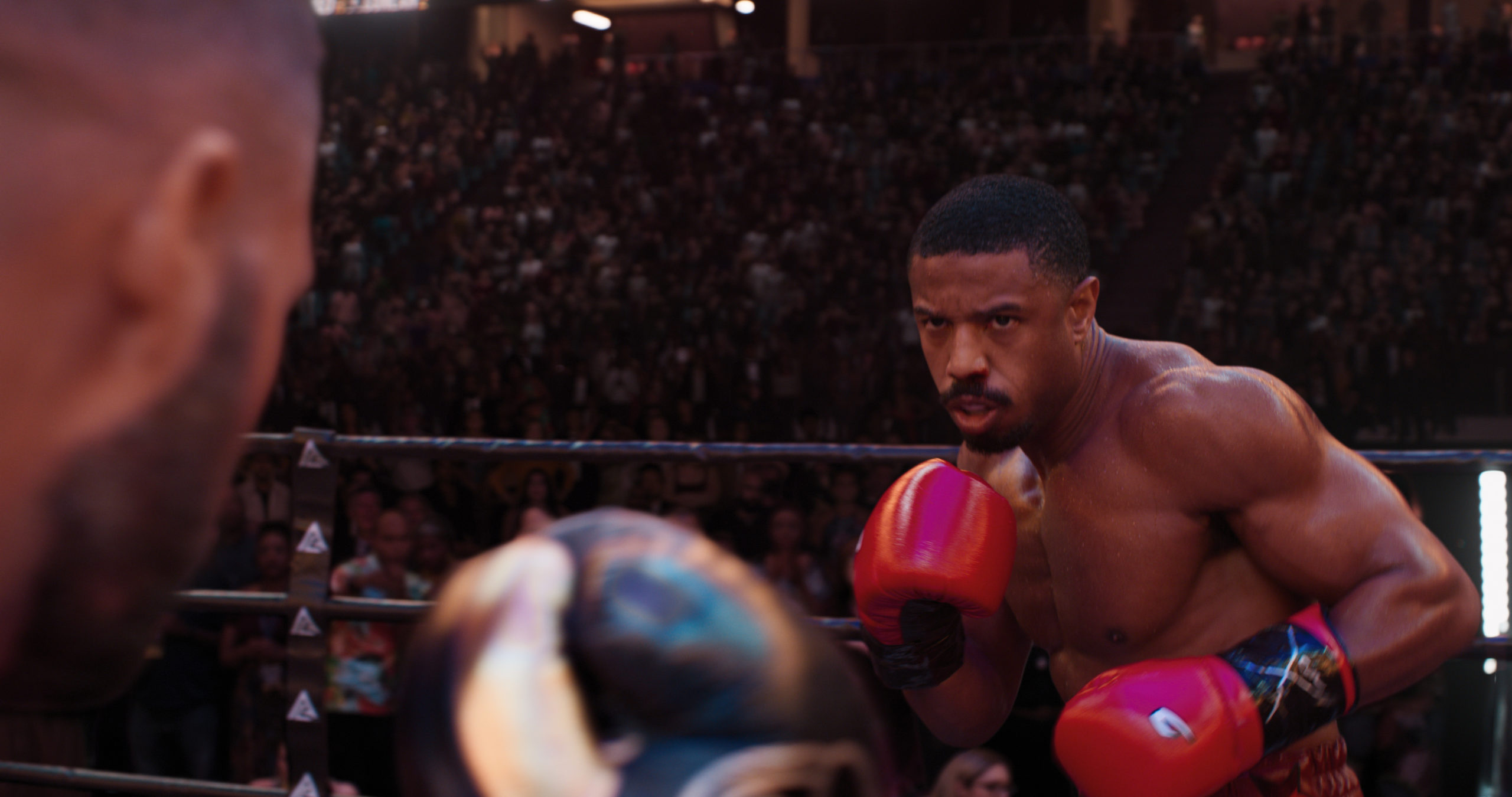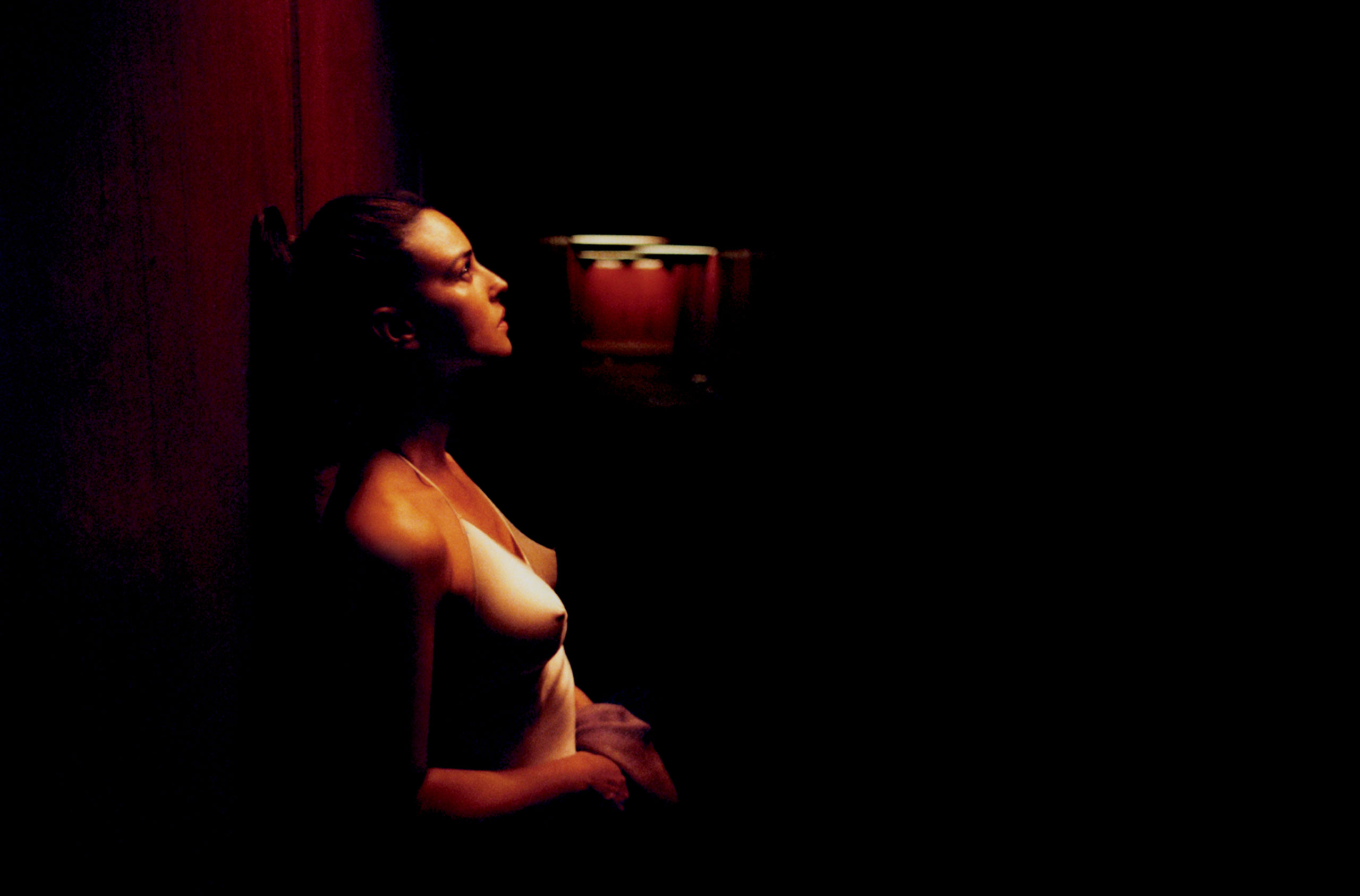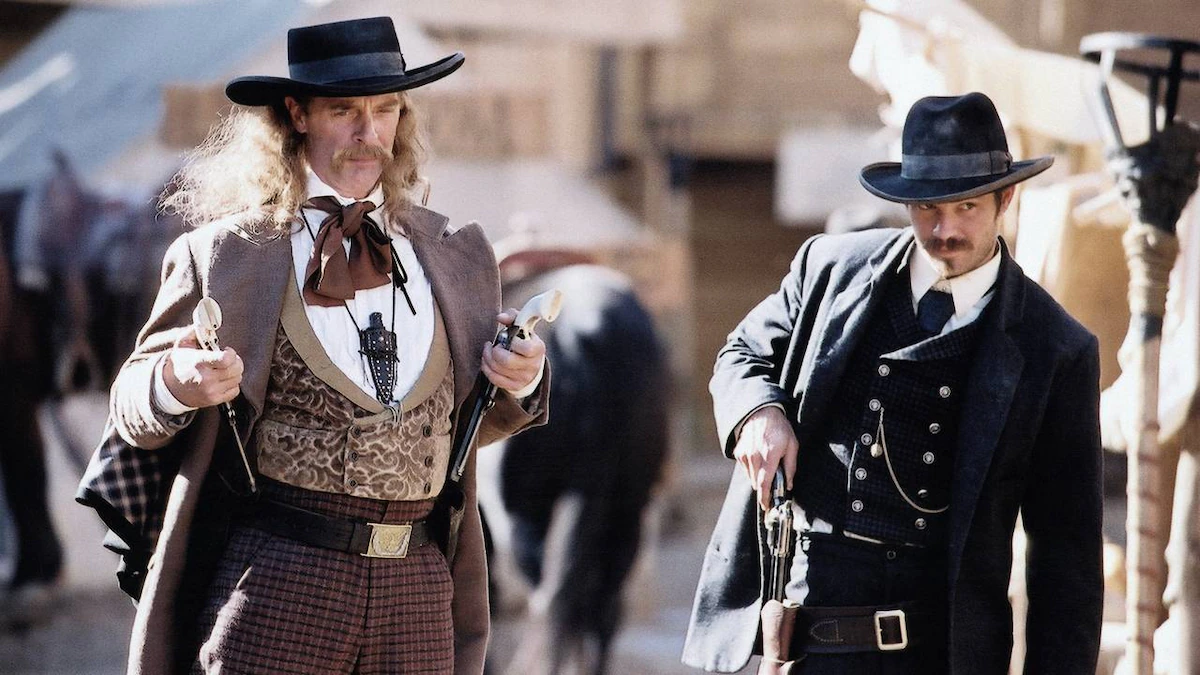
The finale of Obi-Wan Kenobi, worryingly labeled as the conclusion of the season instead of the series, has arrived on Disney+. Boiling the quality of a miniseries down to how well its finale operates is not always fair, but in the case of Obi-Wan, its inconsistency of caliber — ranging from groan-worthy to downright epic — made me sit down to watch the final episode with mixed feelings.
On one hand, of course I wished for the series to stick the landing and deliver a finale that satisfyingly ties up its many plot threads and pays off everything it set up. A failure to do so would undoubtedly leave me feeling cheated, and confused as to why this series even had to exist.
But another part of me desperately wanted this series to take a huge risk with its series closer. There are so many shows that play it safe with their finales, especially when they take place in a larger universe akin to Star Wars — the Marvel Cinematic Universe series on Disney+ are big victims of that convention — and it’s about time that one of these shows goes in a drastically different direction and actually subverts expectations rather than appeases them. And there is a way that it can work both ways, to create a clean finale that honors the show while also doing something completely different. That’s not what Obi-Wan does, and I respect its decision to an extent, but I also believe that we will be getting one of those radical series sooner rather than later.
A major demarcation right off the bat is that we’re brought back to the overused planet of Tatooine — for at least half the episode — where former Inquisitor Reva (Moses Ingram) is searching for young Luke Skywalker, who is still supposedly under Obi-Wan’s care. She’s able to find him because of Bail Organa’s hologram message left behind in the previous episode, which all but gives away Luke’s location and spells out exactly who is taking care of him. Now, Reva’s forced interaction with Owen Lars (Joel Edgerton) in episode one makes complete sense; it’s the only way she would be able to connect the dots and find Luke.
The younger Luke is played by Grant Feely, who is perfectly cast appearances-wise. He shares an intelligent, mischievous gleam with Vivien Lyra Blair, who plays Leia in Obi-Wan Kenobi, and they make perfect sense as twins. Of course, we can never see them interact on-screen, so any potential chemistry is nullified, but it’s a great casting choice.
As Owen and his wife Beru (Bonnie Piesse) prepare to defend Luke from the incoming Reva, Obi-Wan and the fledgling rebels are being chased through space by Darth Vader’s Star Destroyer. Obi-Wan decides to lure Vader away, knowing that his vengeance will cause the Dark Lord to pursue him and him alone. Even though Vader could easily chase Obi-Wan in his own ship and allow the Star Destroyer to annihilate the rebels, Obi-Wan’s theory is proven correct and Vader follows him to a desolate moon. After all, those gaps in logic are not the holes that Star Wars properties usually decide to fill.
Everything comes to a head in parallel storylines, with two conflicts of equal importance. Even though we know how the Tatooine battle ends for Luke, Owen and Beru, there’s still the matter of Reva that needs to be addressed. Even after the episode ends, her future is uncertain, which makes the rumors of a spin-off series only more likely.
The same goes for Obi-Wan and Vader’s lightsaber duel; we know that both of them will survive, and even though the life-and-death stakes are nonexistent, it’s been set up as a great character moment. Nathalie Holt’s musical score does much of the heavy lifting as the duel begins, and I will admit that I enjoyed this fight much more than I did their previous bout. Since the first encounter, Obi-Wan’s connection to the Force has been strengthened, and Vader has had time to stew in his hatred. Every time they cross swords is an exciting moment.

Debatably the most frustrating part of the episode — that can be blamed on the preservation of canon — is that Vader leaves too much to chance. He covers Obi-Wan with rocks and simply strolls away, as if that’s the end, with his old Master barely buried. Perhaps he wants to fight again, and some of it can be owed to hubris, but after multiple displays of unscrupulous murder and a miraculous survival of his own, you’d think that the Dark Lord would be more thorough.
While buried under the debris, Obi-Wan remembers Luke and Leia as something to fight for to re-establish his connection to the Force. It’s a cheesy moment, boosted by dialogue chunks from previous episodes and films, but I felt it could have been made even better by a vocal appearance from Obi-Wan’s old Master, Qui-Gon Jinn. Perhaps that would have undercut Qui-Gon’s appearance at the end, and it may have felt too Rise of Skywalker-ish, but there was no perfect way to go about it. It’s the cheese or nothing!
Vader’s hate still isn’t powerful enough, and Obi-Wan once again proves to be a worthy combatant. He slices open Vader’s mask, giving us a live-action rendition of a standout moment from the second season of Star Wars: Rebels. Hayden Christensen gives his best performance yet as half of Anakin’s scarred face — looking a lot better, probably due to bacta tank treatment — that taunts Obi-Wan. “I’m not your failure,” he tells his old teacher. “You didn’t kill Anakin Skywalker. I did.”
Not only does this give some (albeit unnecessary) context to Obi-Wan’s lie to Luke in A New Hope, pertaining to how Vader murdered his father, but it does legitimately give Obi-Wan a reason to leave Vader here instead of finishing the job. “Goodbye, Darth,” he says, leaving his former Padawan to further corruption. Obi-Wan clearly believes Anakin is beyond redemption at this point, though if he’s looking to redeem someone, he need only return to Tatooine.
There, Reva has chased Luke out into the Dune Sea, but she can’t bring herself to kill him. Even revenge isn’t strong enough to overpower her traumatic early memories of the Jedi Temple massacre, and her unwillingness to go as far as Vader leads her to return Luke, unharmed, to the Lars family farm. Obi-Wan is there, and a conversation with the disgraced Inquisitor only makes her future more uncertain. I’m not sure about total redemption, but compared to her ex-compatriots, Reva wasn’t as far gone. Her actions were motivated by anger and vengeance, but her worst on-screen crime was the non-consensual amputation she performed in the premiere on Tatooine. Since then, she stabbed the Grand Inquisitor and threatened Leia with no follow-through, and I’m beginning to think that her hands were kept relatively clean for her further development in a future project.
In typical television fashion, we get a Return of the King-style ending, with each plot thread being given a scene to conclude. Leia is reunited with her foster family on Alderaan, and Obi-Wan pays her a visit before returning to Tatooine permanently. They’re given what is one of the best emotional scenes in the series, in which Obi-Wan tells her the traits she inherited from her birth parents. It’s sweet, and also shows Obi-Wan embracing the empathetic side he had to smother after Order 66.
In Mustafar, Vader communicates with Emperor Palpatine, who questions his true motivations in the hunt for Obi-Wan. Vader concludes that Obi-Wan is meaningless, effectively fabricating a reason for his immediate hunt to cease. Ian McDiarmid returns for a cameo as the Emperor, and though he looks inescapably older, it’s a real treat to see him. Unlike James Earl Jones’s potentially digital voice, McDiarmid’s physical form is something that can’t be so easily conjured.
Back on Tatooine, Obi-Wan severs ties with the Lars’ and their moisture farm. “The future will take care of itself,” he tells Owen as he prepares to leave on his eopie. Owen calls him back and formally introduces him to young Luke Skywalker, finally making him aware of the person he thinks of as just “an old man” in A New Hope. There’s a forced prequel dialogue callback when Obi-Wan greets Luke, and I don’t think I have to even write the words for you to know what it is. It’s cringe-worthy, but it was always going to be there. At least it wasn’t shoehorned in anywhere else.
As he returns to his cave, Obi-Wan is greeted by the figure he’s been trying to talk to for ten years: Qui-Gon Jinn, with Liam Neeson making a return as Jinn’s Force Ghost. “I was always here, but you were not ready to see,” he tells Kenobi, even though “we’ve got a ways to go.” Thus, Obi-Wan begins his off-screen journey where he learns to open himself up, both physically and spiritually, as his stringent isolation from everything around him will, for all intents and purposes, end. His role now is that of a guardian.
Despite all odds, I found the finale of Obi-Wan Kenobi to be very satisfying. I think part of that is the involvement of Pixar’s Andrew Stanton, who rewrote the teleplays for episodes five and six of the series. They feel a lot cleaner and better-structured than the first four episodes, and “Part VI” especially is well-plotted in its execution of parallel storylines and succinct conclusions. There’s no cliffhanger, and thankfully no forced set-up for a second season, and for that we should let this series and its titular character rest. “Part VI” reminds us just how great that character can be, and just how epic some of these moments are, but now it’s time to explore other areas of the Star Wars galaxy. Prove how expansive this universe can be instead of limiting us to these characters and storylines, the endings of which we already know. I know we’ll get there eventually, but for now, I’m happy that Obi-Wan Kenobi was able to provide conclusions, satisfying or not, to this era of these beloved characters’ lives.

Obi-Wan Kenobi Part V premiered on Disney+ on June 15, 2022. Read Rowan’s Recap of Part I here, Part II here, Part III here, Part IV here, and Part V here.






